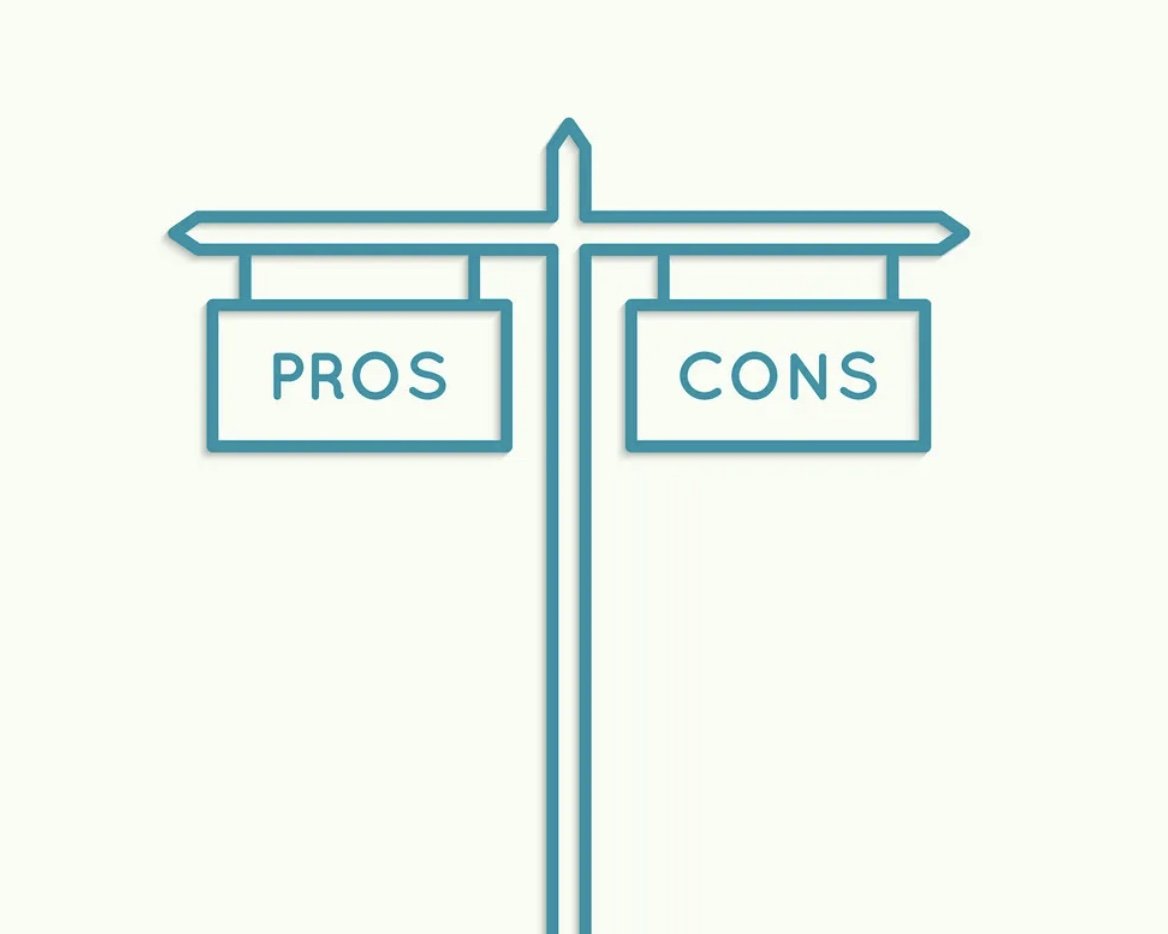Understanding Compassion Fatigue
/By Nicole marino, amft
As a therapist, I’ve sat across from many individuals whose emotional resilience has been worn thin—not only from their own struggles, but from carrying the pain of others. Caregivers, therapists, teachers, first responders, and parents and spouses can find themselves in a state of exhaustion that feels deeper than burnout. This is compassion fatigue, and it often comes quietly, disguised as irritability, numbness, or a slow withdrawal from the very relationships we value most.
What Is Compassion Fatigue?
Compassion fatigue is a form of emotional and physical exhaustion that results from prolonged exposure to the suffering of others. Unlike burnout, which stems from work-related stress and overcommitment, compassion fatigue is more personal—it strikes when your empathy becomes a source of depletion rather than connection.
In my sessions, I often see this in people who are "helpers" by nature. They pour themselves into so many different areas of life, believing love and dedication should be enough to sustain them. But over time, without proper boundaries and self-care, their capacity for giving empathy begins to dry up.
Signs You Might Be Experiencing Compassion Fatigue
Compassion fatigue can manifest in subtle ways. Some signs I frequently observe include:
• Emotional numbness or detachment
• Chronic fatigue or difficulty sleeping
• A growing sense of helplessness or hopelessness
• Irritability or short-temperedness in close relationships
• Loss of joy in previously fulfilling activities
• Feeling "used up" or overwhelmed by the needs of others
For those in caregiving roles—whether personal or professional—it can feel like there’s no room for their own needs. This is often where relational strain begins to show.
When compassion fatigue goes unaddressed, it affects more than the individual—it ripples through relationships. Spouses may feel distant or disconnected. Children may notice a parent's impatience or withdrawal. Emotional availability becomes harder to maintain when someone is constantly drained.
Healing from Compassion Fatigue
The path to healing starts with recognition. Compassion fatigue is not a weakness—it’s a natural consequence of caring deeply over time without adequate replenishment. Once recognized, there are several steps to begin recovery:
1. Reestablish Boundaries
Learn to say no or delegate. Empathy doesn't mean sacrificing your well-being.
2. Prioritize Self-Care
Rest is not indulgent—it's necessary. Engage in activities that restore you physically, emotionally, and spiritually.
3. Seek Support
Talk to a therapist or a peer group. Sharing your experience helps break the isolation that often accompanies compassion fatigue.
4. Reignite Connection
Reconnect with loved ones in small, meaningful ways. Even short moments of genuine presence can be healing.
5. Practice Self-Compassion
You're allowed to be tired. You're allowed to need care, too.
If you recognize yourself in this post, please know that you're not alone. Compassion fatigue doesn't mean you're broken—it means you're human. You have limits, and honoring those limits is one of the most compassionate things you can do—not just for yourself, but for those you love and serve.
I believe that empathy is one of our greatest strengths. But like any strength, it must be nurtured, balanced, and protected. Give yourself permission to rest. In doing so, you’ll find you have more to give—not less.













